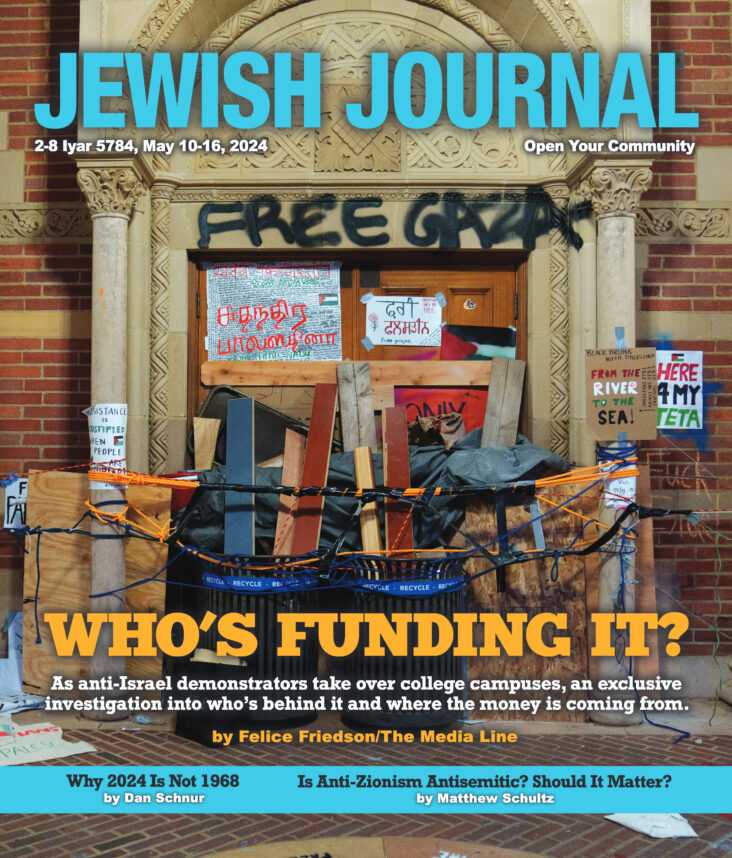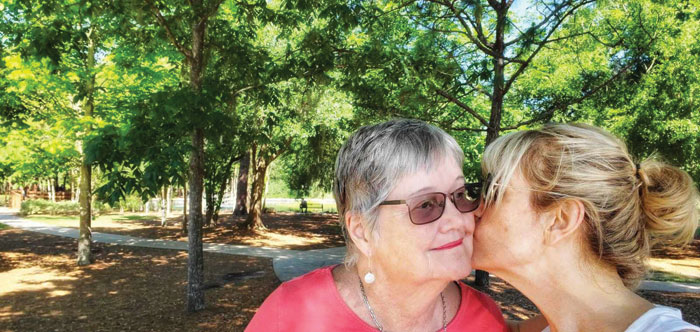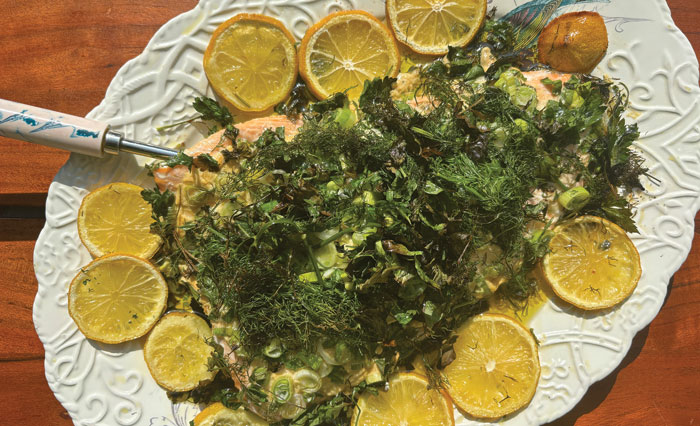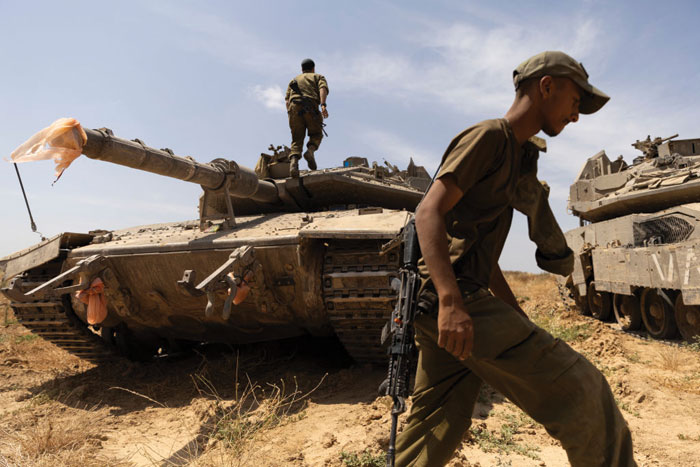Wildflowers reach their peak about the middle of July in the mountainous high altitudes of Colorado. Of course, that can vary year-to-year based on the amount of rain, sun, and lateness of hard freezes, so no year is guaranteed to be a banner. However, the easiest way to reach the best of nature’s wildflower display is by four-wheeling the numerous dirt roads that traverse the Crested Butte area of the Rocky Mountains as well as the San Juan Mountains in Southwestern Colorado.

This is not for the faint-hearted as these dirt roads with stony outcroppings and steep grades can test the skills of many an off-road driver. For some, the vertical drops along with hairpin-turns and switchbacks can be vertigo inducing. It is either an adrenalin rush for the hearty or a weak-kneed reaction by the reticent. I was only too happy to not be tasked for the driving, as I found the bumpy and jolting dirt roads to be challenge enough.

A Photo Paradise
My search for Colorado wildflowers and discovering the “Big Five” was part of a photography nature tour itinerary led by Master photographer Russ Burden, where we plumbed the very best of Colorado high country: in the course of our week we photographed spectacular wildflowers, alpine scenery with reflecting lakes, radiant red-mountains that challenged our light meters, random birds such as grouse, hummingbirds, and yellow-headed blackbirds, wildlife that included deer, marmot, plus snow-shoe rabbits, and even a ghost town left over from the frenzied fever of silver and gold mining days.

In the course of our wanderings, I grilled our leader about what constitutes the “Big Five” in terms of mountain wildflowers. I basically asked, “What five flowers are considered the most colorful and essential to capturing wildflower photos and give a sense of place?” Burden’s list finally evolved to these:

- Columbine (blue)
- Lupine (light blue)
- Paintbrush (scarlet)
- Larksur (dark navy blue)
- Mules Ears (yellow)

Wildflower Ecosystems

The higher altitude wildflower ecosystem is generally divided into ranges, with approximate Colorado elevations from 6,500 – 9,500 feet designated as montane, 9,500 – 11,500 feet for subalpine, to 11.500 feet and above for alpine. Given this range, we photographed diverse colorful wildflowers from the deep red of King’s Crown and pink and white of Queen’s Rose Crown, the dark navy-blue larkspur, and the cream-white of Bistort (all in the subalpine and alpine regions) to bright reddish-purple flowers of the fireweed located in the montane and subalpine, the light-blue lupine from the foothills to subalpine, bright red scarlet paintbrush (montane to lower subalpine), the yellow-orange sneezeweed in the montane, the showy bright yellow Mule’s Ears of the sunflower family, to the Colorado state flower and crown jewel – the blue columbine. These treasures are found from the foothills to alpine regions, mostly in moist open areas, aspen groves and rocky slopes.

Crested Butte and the San Juan Mountains

Our terrain covered the Crested Butte area in the Rocky Mountains to places like American Basin and Clear Lake in the San Juan Mountains, using Silverton as our home base. While at Crested Butte, we did several sunset shoots at Paradise Divide at 11,250 feet, and chased light along Brush Creek Road. Crested Butte could easily be confused for Switzerland because of the “look” and “feel” of the area. Because of its profusion of wildflowers of all colors, it has been designated by the Colorado General Assembly as the “wildflower capital” of Colorado. Located in the East River Valley, it was once inhabited by Ute Native Americans during the summers: They were eventually displaced by beaver trappers and then surveyors.

The San Juan range, part of the southern Rocky Mountains, spans the continental divide and boasts 13 volcanic peaks over 14,000 feet. The scenery is considered by many to be the most diverse and perhaps the most stunning in Colorado, with a rugged backcountry wilderness equal to none. This is the source of the mighty Rio Grande, running a course almost 1,900 miles that extends the length of New Mexico into Mexico and then southern Texas, eventually dumping into the Gulf of Mexico. Abandoned gold and silver mines speak to an earlier time when miners combed the ore-laden mountains for wealth and fortune. And the historic, coal-fired, steam-powered train plies along the Animus River covering valleys, canyons, and forests in its journey from Durango to Silverton. All these provided wonderful photo ops to add to our expanding photographic portfolio.
Alpine Loop Scenic Byway
We took the Alpine Loop Scenic Byway to access Colorado’s truly wild wildflowers and stunning scenics such as Ore Mountain. Accessible only with a four-wheel-drive, you will need a vehicle with high clearance. Do not be seduced by these roads as they require skillful maneuvering in the right four-wheel. (We had a flat tire during the trip). The route consists of 63 miles of unimproved road and reaches heights of 12,800 feet. Allow 4-6 hours for driving time. Along the way you will encounter a profusion of wildflowers ranging from larkspur, bistort, and Colorado blue columbine to avens, alpine timothy, and bluebells. American Basin and Clear Lake were favorites.
The hours were grueling for photographing wildflowers as we were often up by 3:30 am so that we could greet the light of dawn. Most sunsets were rained out due to the “monsoons” as the locals call it. However, the rain was desperately needed due to a prevailing drought that hadn’t brought much rain the last year. Whatever rain deficit there might have been, I think we made up for it during our week in the southern Rockies. We also experienced some of the most glorious wildflowers ever and I was able to add 4-wheeling to my expanding bucket-list of adventures.
All photos copyright of Karin Leperi

Map courtesy of Colorado DOT























 More news and opinions than at a Shabbat dinner, right in your inbox.
More news and opinions than at a Shabbat dinner, right in your inbox.